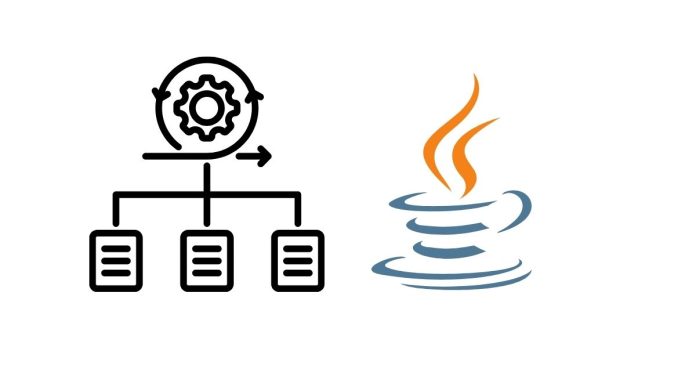In Java, a framework is a pre-defined set of classes, interfaces, and tools designed to simplify the development of applications by providing reusable code and standardized patterns. Frameworks help developers focus on application logic rather than reinventing the wheel for common functionalities.
Key Characteristic of Java Frameworks
1. Reusability: Frameworks provide reusable components to avoid writing boilerplate code.
2. Inversion of Control (IoC): The framework controls the flow of the application, unlike libraries where the developer is in control.
3. Abstraction: Frameworks abstract low-level details, allowing developers to work at a higher level of design.
4. Extensibility: Developers can customize or extend the framework to meet specific needs.
Types of Frameworks in Java
Java frameworks can be categorized based on their purpose:
1. Web Development Frameworks
These frameworks simplify the development of web applications.
Examples:
Spring MVC: For building robust and scalable web applications.
Struts: A popular MVC-based web application framework.
JSF (JavaServer Faces): A component-based UI framework for web applications.
2. ORM (Object-Relational Mapping) Frameworks
These frameworks simplify database interactions by mapping objects to database tables.
Examples:
Hibernate: Most popular ORM framework.
JPA (Java Persistence API): A specification for ORM in Java.
3. Testing Frameworks
These frameworks are used for unit testing, integration testing, and more.
Examples:
JUnit: A widely-used framework for unit testing in Java.
TestNG: Advanced testing framework with powerful features.
4. Logging Frameworks
Used for logging application data for debugging and monitoring.
Examples:
Log4j: A flexible and powerful logging framework.
SLF4J: A logging facade for Java.
5. Enterprise Frameworks
Designed for enterprise-level applications.
Examples:
Spring: A comprehensive framework for enterprise applications.
Java EE (Jakarta EE): A set of specifications for building enterprise-level applications.
6. Game Development Frameworks
Used for building games in Java.
Examples:
LibGDX: A cross-platform game development framework.
JMonkeyEngine: A 3D game engine for Java.
Advantages of Using Java Frameworks
1. Faster Development: Predefined structures and components speed up development.
2. Consistency: Frameworks enforce coding standards and best practices.
3. Reduced Boilerplate Code: Common functionalities like database connections or form handling are abstracted.
4. Community Support: Popular frameworks have strong community support for learning and troubleshooting.
5. Scalability: Frameworks like Spring and Hibernate are designed to handle complex, scalable applications.
Example of a Framework in Action: Spring Framework
Spring Framework is one of the most popular Java frameworks. Below is an example of how Spring simplifies dependency injection:
import org.springframework.context.ApplicationContext;
import org.springframework.context.support.ClassPathXmlApplicationContext;
class HelloWorld {
private String message;
public void setMessage(String message) {
this.message = message;
}
public void getMessage() {
System.out.println(“Message: ” + message);
}
}
public class MainApp {
public static void main(String[] args) {
ApplicationContext context = new ClassPathXmlApplicationContext(“Beans.xml”);
HelloWorld obj = (HelloWorld) context.getBean(“helloWorld”);
obj.getMessage();
}
}
Here, Spring handles object creation and dependency injection via an XML configuration file (Beans.xml), reducing manual coding.
Popular Java Frameworks
1. Spring Framework (including Spring Boot and Spring Cloud)
2. Hibernate
3. Struts
4. JavaServer Faces (JSF)
5. Grails
6. Vaadin
7. Play Framework
Java frameworks play a crucial role in modern application development by providing tools and patterns to handle complex tasks efficiently.


